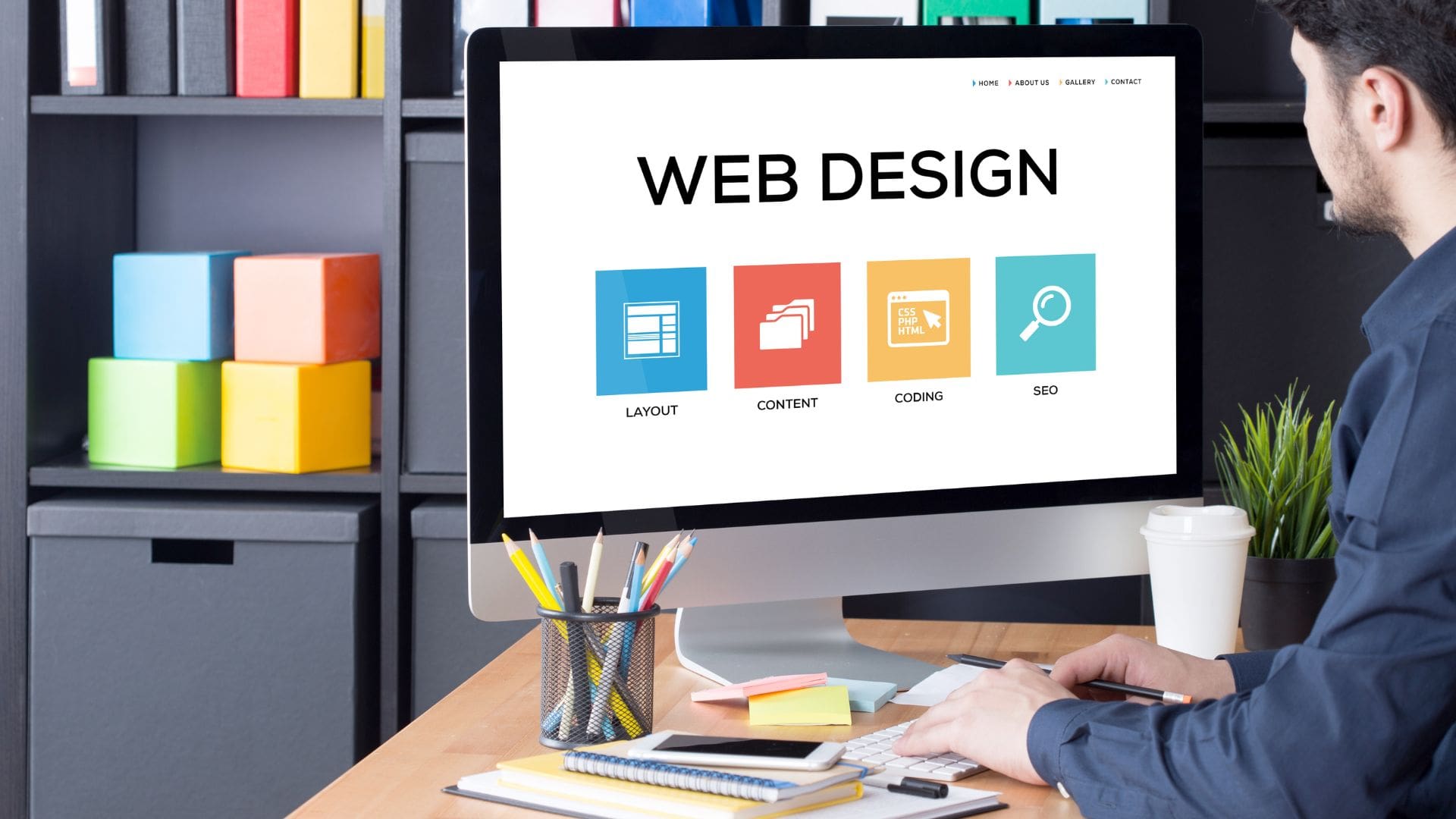Unlock Success with Web Design
Discover the Winning Formula for Web Design that excels User Experience, Responsive Design, and SEO.
What is Web Design?
Web design is the process of planning, creating, and coding a website. The main aim of web design is to create a website that is both easy to use and visually appealing. A successful website must be able to meet the needs of its users, meaning that designers must have a good understanding of usability principles. Being that first impressions are crucial in the online world, websites must be designed with an eye for aesthetics. As technology evolves, the field of web design is also changing, therefore, designers must keep up with new trends in order to create both innovative and user-friendly websites.
The Importance of Web Design
Your website is usually the first impression potential customers will have of your business, therefore, it’s important to make sure that your site makes a good impression. Think about it – when was the last time you visited a website that was difficult to navigate, had outdated information, or just didn’t look professional? If you can’t remember, it’s probably because you quickly left that site and visited one of your competitor’s sites instead. On the other hand, if you visit a site that is well-designed and easy to use, you’re much more likely to stay there and learn more about the products or services being offered.
In addition to making a good first impression, a well-designed website aims to help you build trust with your target audience. Your website is an extension of your brand, so it’s important that your site reflects your company’s values and personality. A clean, modern design instils confidence in visitors and helps them to see you as a credible source of information. Conversely, an outdated or poorly designed website can make your business seem untrustworthy.
Finally, a well-designed website can generate leads and sales for your business. By including strong calls-to-action (CTAs) on your site, you encourage visitors to take the next step in their buyer’s journey. Whether that means signing up for your email list, scheduling a consultation call, or making a purchase. Creating a seamless user experience (UX) is essential for conversion rate optimisation (CRO).
Web Design Principles
Good web design is essential for any business or organisation that wants to make a positive online impression. Fortunately, there are some basic principles that can help to ensure that your site is both attractive and effective.
- Keep your content focused and easy to scan. Long blocks of text can be overwhelming, therefore, break up your text with headings and subheadings, and use bullet points or numbered lists when appropriate.
- Use high quality images that are relevant to your content. Some people are visual learners, that’s why including good selected images will help to make your point more effectively.
- Make sure your website is easy to navigate. Use clear and descriptive links, and provide a search function so that visitors can easily find the information they are seeking.
By following these simple guidelines, you will create a website that engages and informs your audience.
Layout Types


There are a few different types of web layouts that can be used for your website.
- Fixed – Fixed width layouts are the most common types of layouts, consisting of a set width for the content area. The sidebar and header area can also be set to a specific width as well. Fixed layouts are easy to create and are very popular because they are easy to control. On the contrary, they can be difficult to view on smaller screens, such as mobile devices.
- Fluid/Responsive – Fluid layouts use percentage-based widths instead of fixed, so that the website can adjust itself to different screen sizes. Fluid layouts are becoming more popular as mobile devices become more common. However, they can be more difficult to create than fixed-width layouts.
- Adaptive – Adaptive layouts use a mix of fixed and fluid widths so that they can be customised to different screen sizes. These are the most flexible type of web layout, but can also be the most difficult to create.
When choosing your website layout, you should consider your audience and the type of device they will be using to view your site. If you want your site to be accessible to as many people as possible, it is recommended that you choose a responsive or adaptive layout.
Web Graphics
Web graphics are an important part of web design. They assist in making a website more visually appealing and easy to navigate. When used correctly, they can help to improve the overall user experience.
There is a wide variety of web graphics available, from simple icons and logos to more complex illustrations and animations. Choosing the right graphics for your website will depend on your specific needs and goals.
However, there are a few general tips that can help you get started.
- Consider the overall look and feel of your website. Do you want it to be fun and playful or clean and modern? This will help you narrow down your options.
- Think about the size and resolution of your graphics. They should be large enough to be easily seen on all screen sizes, but not so large that they slow down your website.
- Make sure that your graphics are optimised for fast loading times. This will help ensure that your website visitors have a positive experience no matter what type of device they are using.
As you can see, good web design is essential for businesses in today’s digital world. If you want to build trust with potential customers, stand out from the competition, and boost your bottom line, make sure you invest in good web design. It’ll surely be worth it in the long run!








Leave feedback about this